When it comes to configuring copy controls in SAP SD, it’s essential to grasp the foundational elements before diving into the specifics. Copy Controls are a fundamental aspect of the SAP Sales and Distribution (SD) module, facilitating the seamless transfer of data across different sales documents. They are maintained at various levels: Header, Item, Schedule lines (specifically for Sales documents), and Condition Records.
Configuring Copy Controls in SAP SD
Before customizing, you should evaluate if the standard copying rules in SAP R/3 align with your business requirements. If they don’t, new rules can be established, but specific criteria must be met. For example, when condition tables for source and target condition records differ, only one field may vary. Additionally, both tables must have an identical number of fields.
Establishing New Copying Rules
To set up new copying rules, link permissible source and target condition tables. You should also define an automatic default, decide on the defaulting of the validity date from source to target records, and assign a suitable selection report. This helps in generating numerous condition records based on specific criteria. Furthermore, define allowed source and target condition types, as the system uses this allocation for authorisation checks during copying.
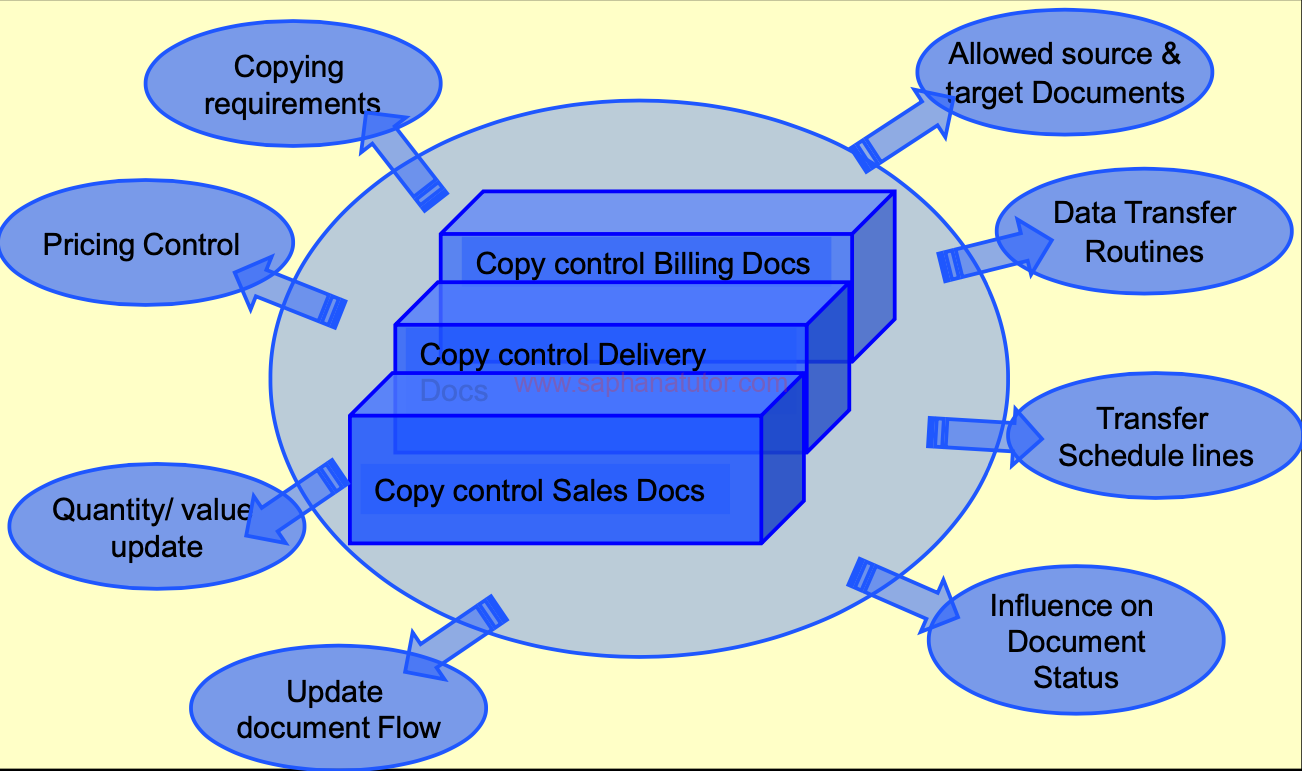
Header Level Controls in Copying
At the header level, copying control defines which source document types can be copied into which target document types. The system restricts creation of a sales document referencing another if the relevant Sales document types aren’t included in the copying control.
The details screen for a selected “Target document type / Source document type” includes several elements like copying requirements, data transfer routines, and indicators for complete reference and item number copying.
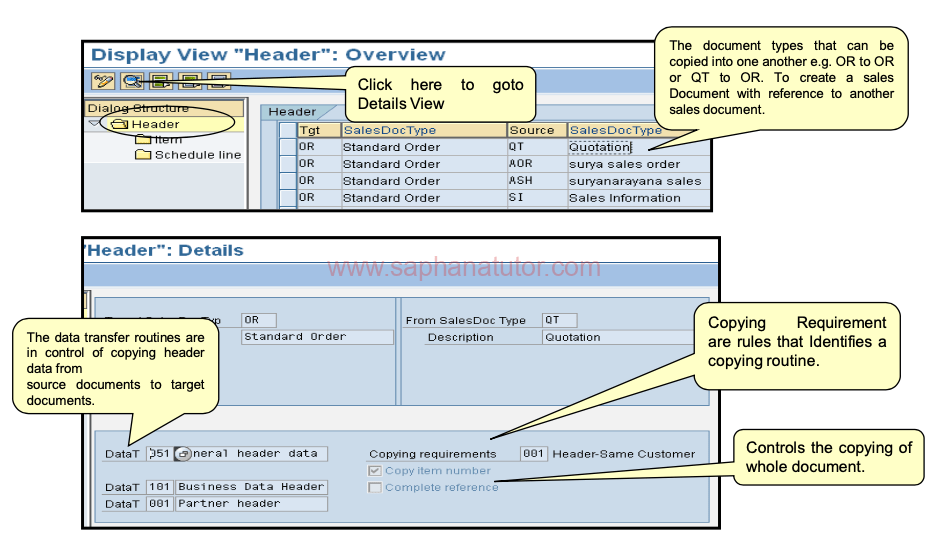
Managing Item Category in Copy Controls
The item category identification is crucial in configuring copy controls in SAP SD. The details screen for a chosen item category includes information on copying requirements, data transfer routines, and controls over how the completed quantity in the source document is affected by the copying action.
It also dictates whether the quantity value copied may be higher or lower, and specifies if the system updates the document flow when copying.
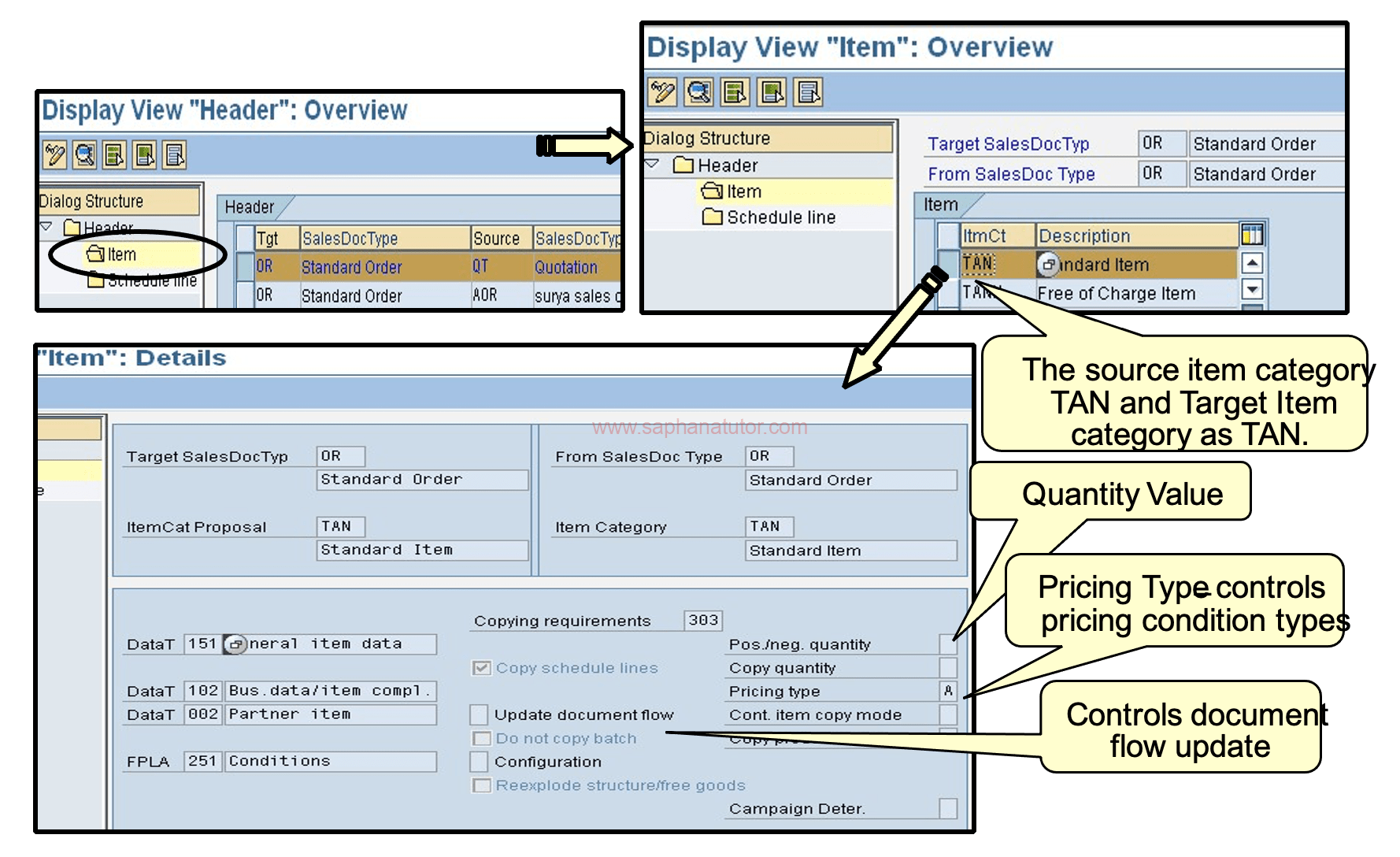
Configuring Copy Controls in SAP SD – Schedule Line level
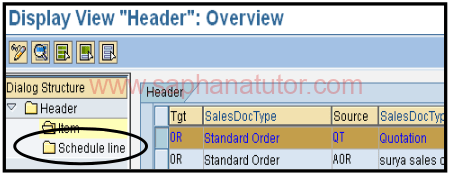
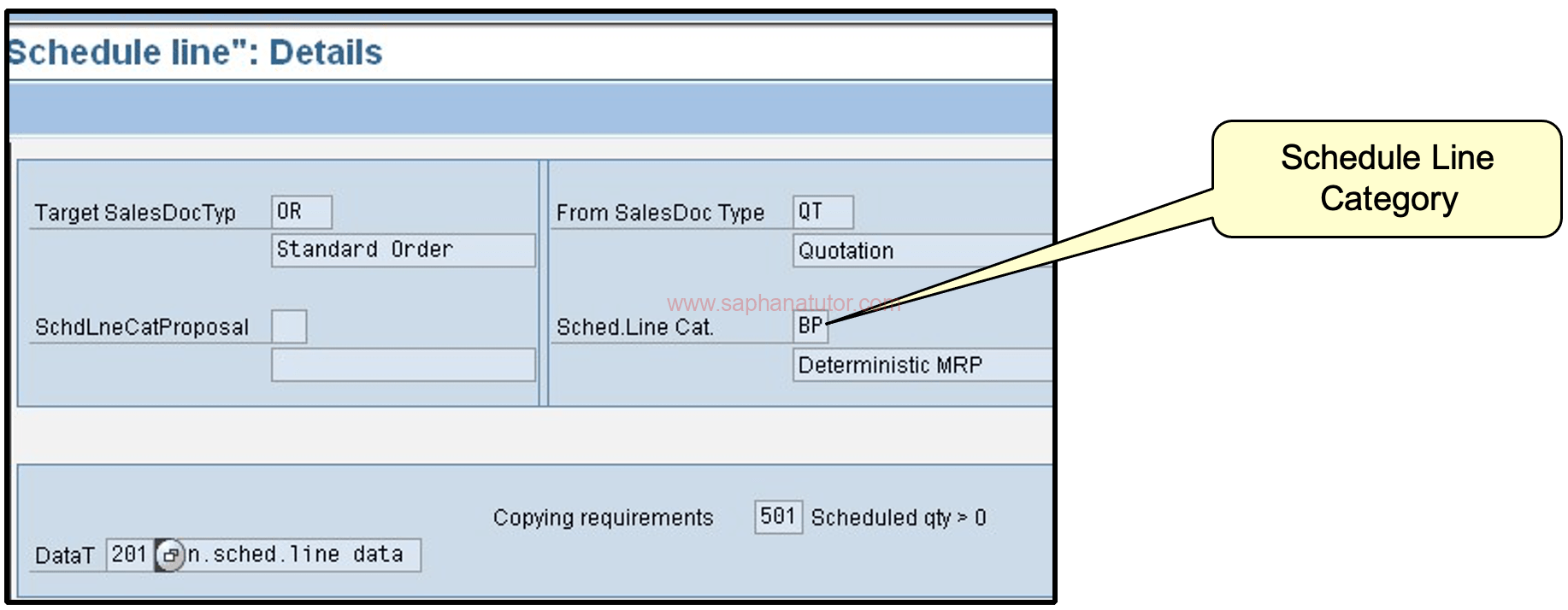
Pricing Type Controls
Finally, the pricing type control is pivotal. It determines which condition types are redetermined or remain unchanged during the copy process.
For instance, ‘A’ type implies copying price components and redetermining scales, whereas ‘B’ type entails complete new pricing. It’s crucial to understand that certain condition types, like ‘VPRS’ or those determined using formulas, aren’t redetermined even if not manually changed.
| Pricing Type | Description |
| A | Copy price components and redetermine scales |
| B | Complete new pricing: Exception: Condition types which are not determined via condition technique (for example, condition type ‘VPRS’ or condition types which are determined using formulas are not redetermined even if you do not change them manually. |
| C | Copy manual pricing elements and redetermine the others |
| D | Copy pricing elements unchanged: As in pricing type ‘A’ but the prices are fixed (no scales are read). Condition base value and value are redetermined. |
| E | Adopt price components and fix values: As in pricing type ‘D’ but neither condition base value nor value are redetermined |
| G | Copy pricing elements unchanged and redetermine taxes |
